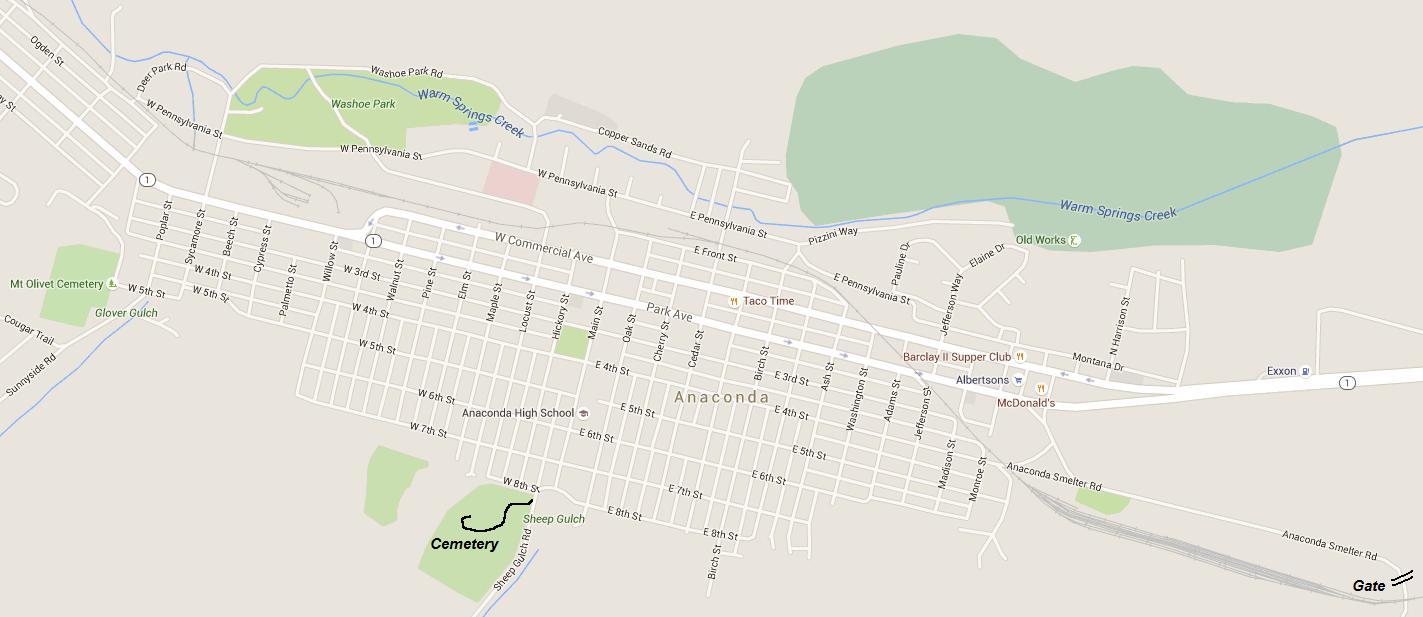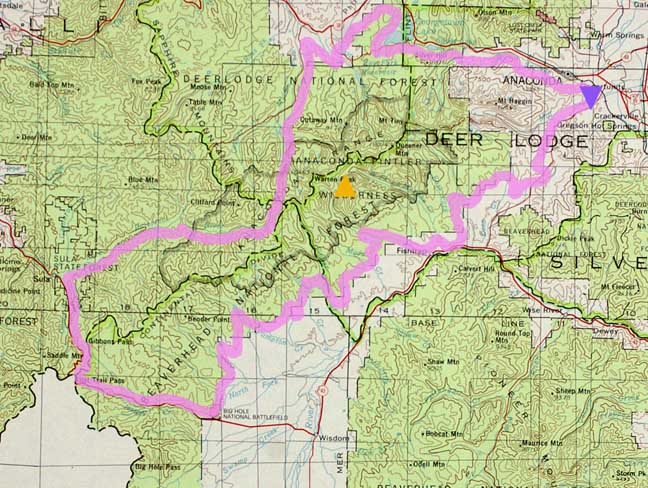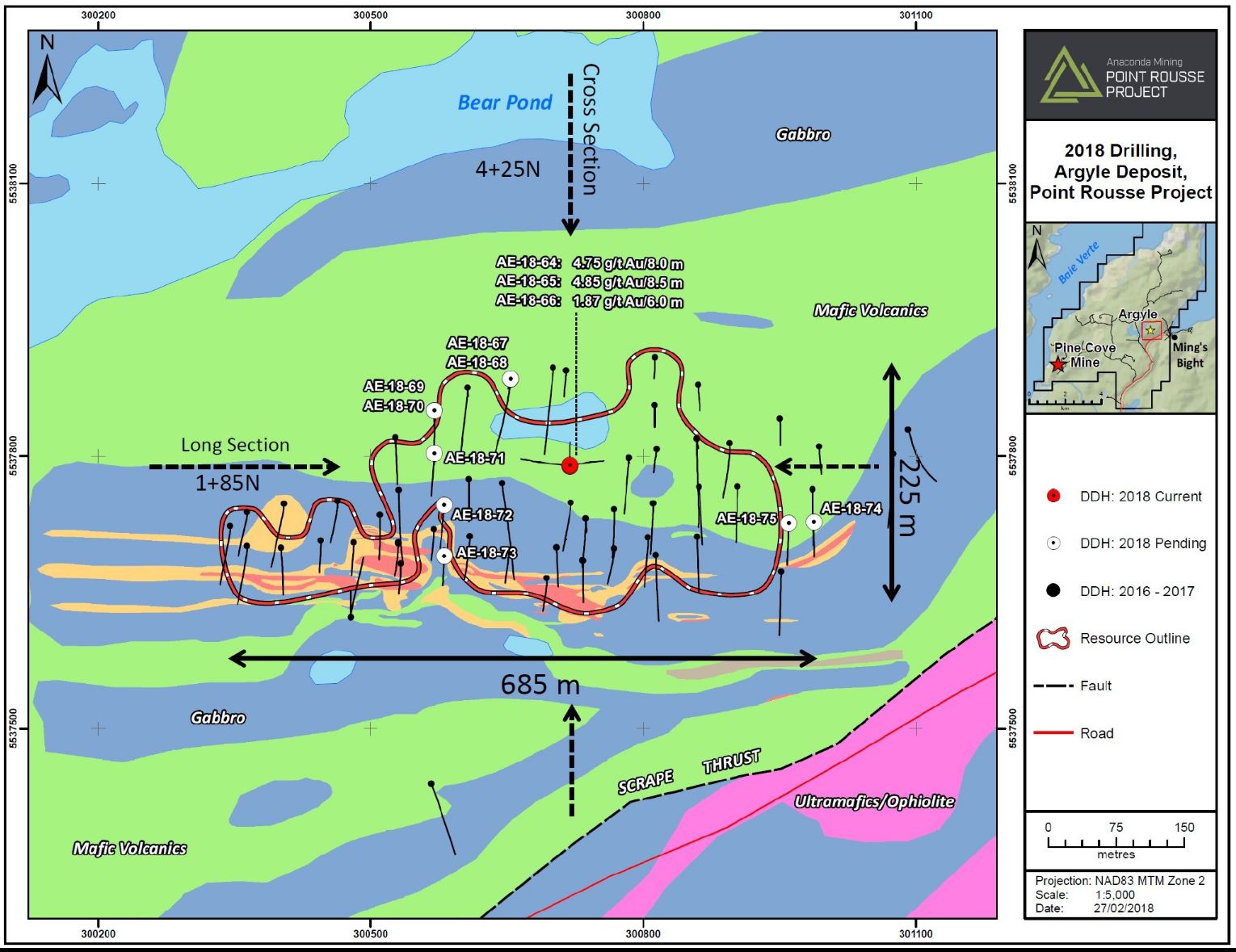

Three taxa of boid snakes, Charina reinhardtii, Eryx muelleri, and Eryx jayakari, are oviparous and lay eggs. Most boas are viviparous, meaning they bear live young all pythons lay eggs. Two premaxilla are fused together to form a small bone across the front of the upper jaw the premaxilla of boid snakes is without teeth while the premaxilla of most pythons is toothed. Not all boas have labial pits when present, the labial pits are located between the labial scales while the labial pits of pythons are centered in the labial scales. The pits in the lips are associated with thermoreception, the ability to detect differences in temperature.īoas differ from pythons in numerous characters, including: Boid snakes do not have a supraorbital bone (with one exception) while all pythons have a supraorbital bone.

Characters shared with the Pythonidae, the sister taxon of the Boidae, include elliptical pupils and pitted lip scales. They are usually larger in male boas than in females the females of some species may not have apparent cloacal spurs. The cloacal spurs of boas are two claw-like structures that are located one on each side of the anal scale.

Macrostomatan snakes are distinguished by characters of the skull and musculature that allow them increased jaw flexibility, a greater gape, and the ability to consume larger prey.īoid snakes share many characters with other basal macrostomatan snakes, including fully functional paired lungs, smooth scales (with some exceptions) vestiges of a pelvic girdle, and cloacal spurs. The modern Boidae is believed to have descended from basal macrostomatans it is one of several snake lineages that diverged from the primitive alethinophidians (true snakes) near the end of the Cretaceous. Living erycine snakes, however, have several unique vertebral characters, and on this basis numerous fossil vertebrae have been identified as erycine (in the subfamily Erycinae). In general, few snake families can be identified incontrovertibly by vertebrae and ribs. Vertebrae are the most common snake fossil. South America, Central America, Mexico, southwestern Canada, western United States, and West Indies southeastern Europe and Asia Minor sub-Saharan western Africa east to Tanzania, north through Egypt, and Mediterranean coast from Egypt to eastern Morocco Madagascar and Reunion Island Arabian Peninsula southwestern and central Asia Indian subcontinent and Sri Lanka Sulawesi, Moluccan Islands New Guinea Bismarck Archipelago and Melanesia east to American Samoa Evolution and systematicsįossil snake skulls are rarely recovered because the bones of the skull are small and loosely connected and typically become separated soon after death. Loose sand, burrows, grasslands, savanna, forest, various freshwater habitatsĮndangered: 1 species Vulnerable: 4 species Lower Risk/Near Threatened: 2 species Small to giant constricting snakes possessing paired lungs, cloacal spurs, and toothless premaxilla most species are viviparousġ.2–25 ft (0.37–7.7 m) 0.2–320+ lb (0.1–145+ kg)


 0 kommentar(er)
0 kommentar(er)
